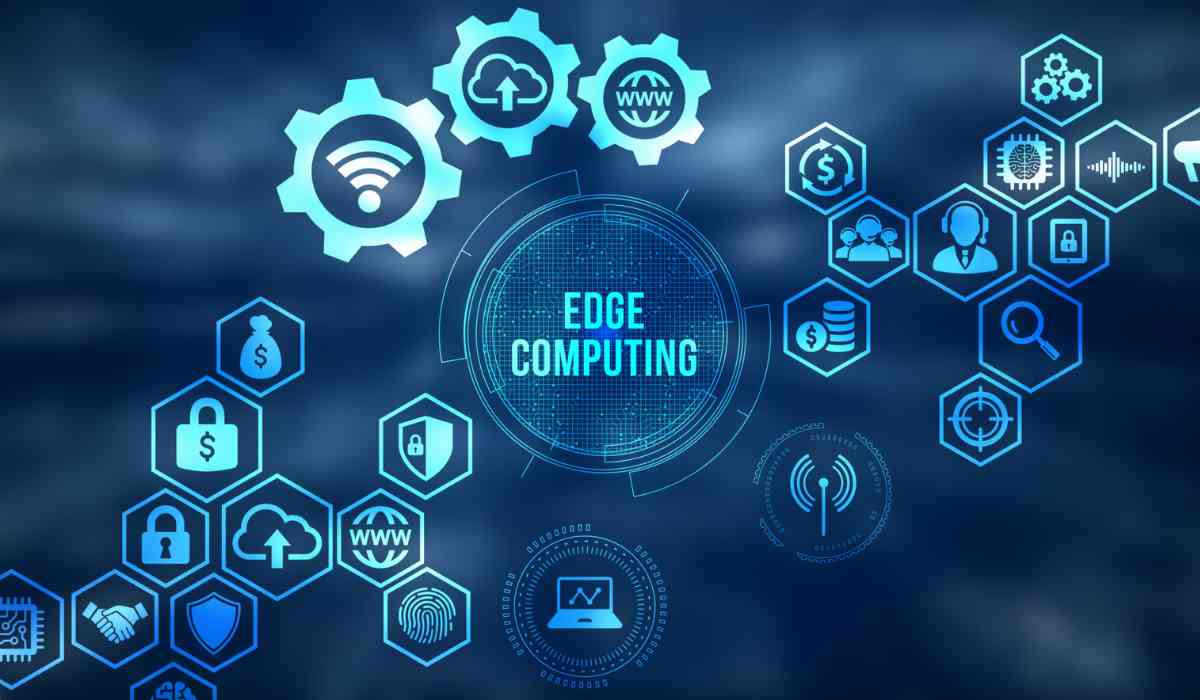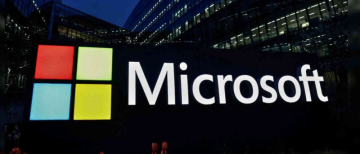Edge computing is redefining how data is processed and utilized in today’s digital-first world. As businesses embrace more connected devices, demand real-time analytics, and prioritize performance at scale, edge computing has become a strategic solution to meet these evolving needs.
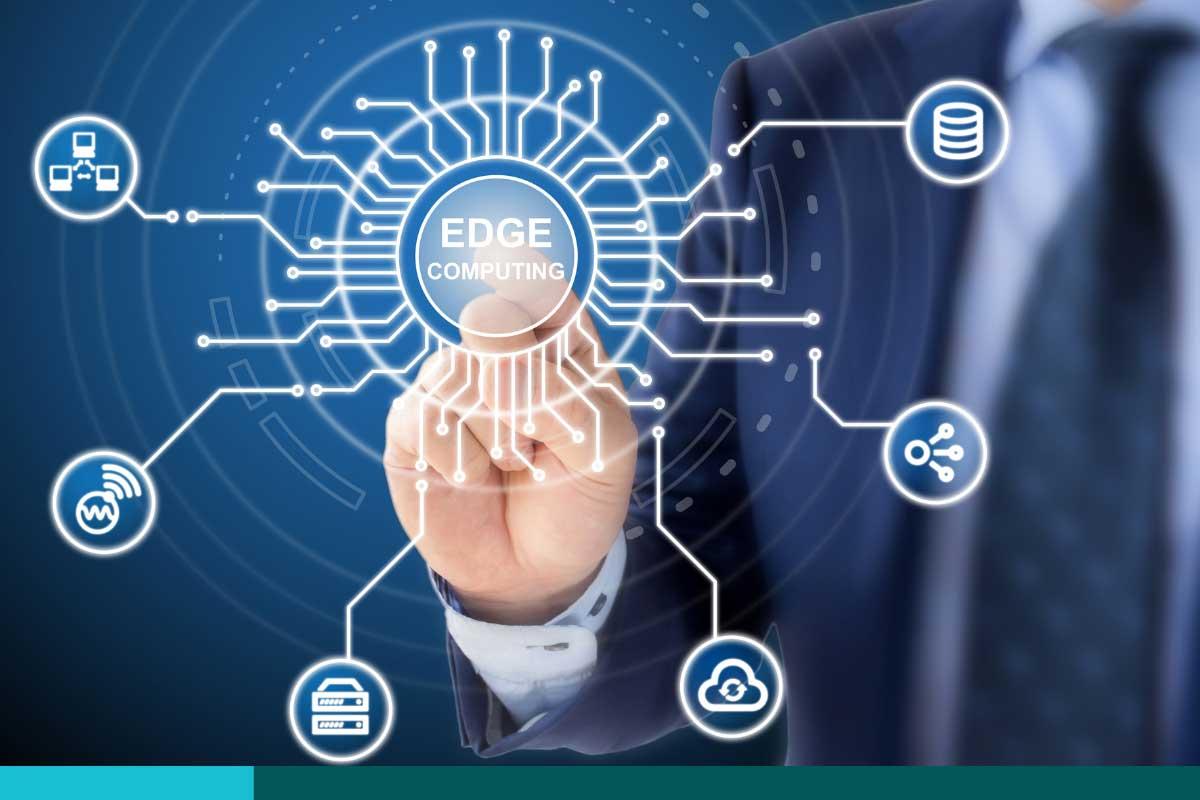
What Is Edge Computing?
Edge computing is the practice of processing and analyzing data near the physical location where it is collected, rather than sending it to a centralized data center or cloud. This model significantly reduces the time and distance data needs to travel, resulting in faster insights and real-time responsiveness.
At its core, edge computing decentralizes computing by bringing computation, storage, and networking resources closer to the endpoints—whether that’s a smartphone, sensor, or industrial machine. Instead of sending all raw data to the cloud for processing, edge devices perform computations locally or on nearby edge servers.
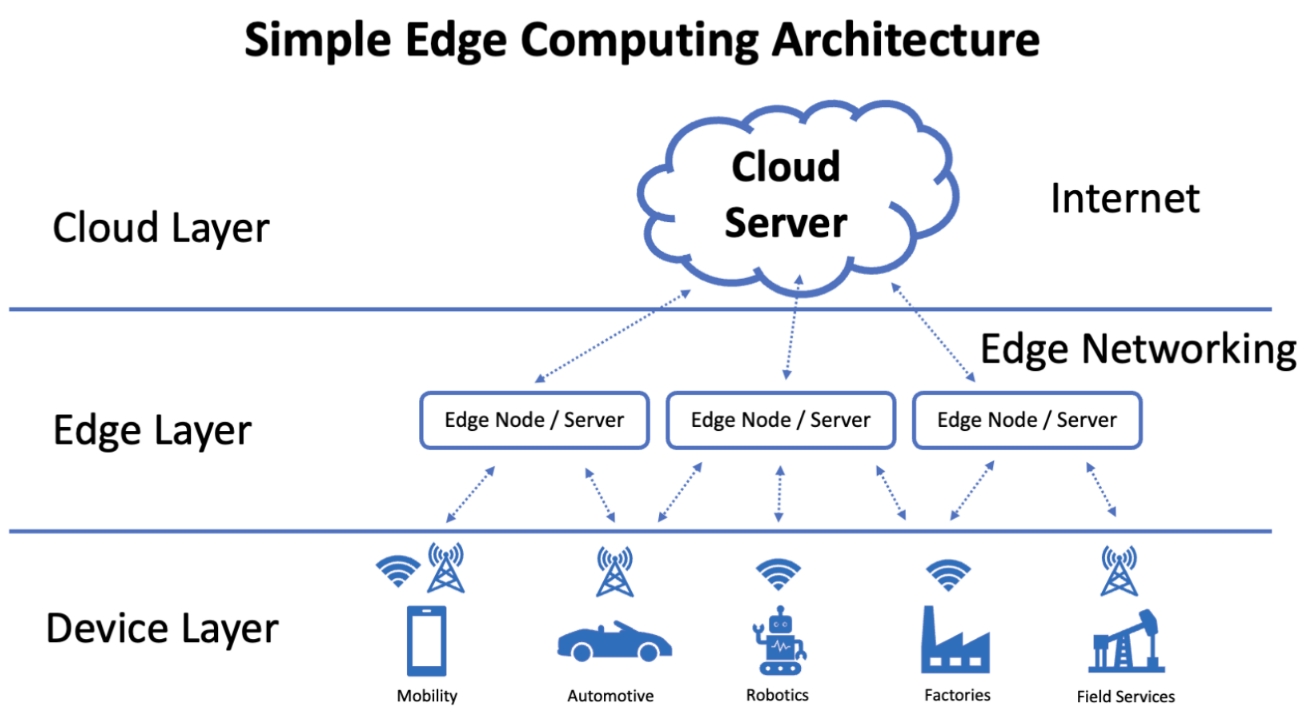
How Does Edge Computing Work?
Edge computing architecture typically includes local devices (IoT sensors, mobile devices, or machinery), edge gateways, and sometimes edge servers. Here’s how it works:
-
Data Generation at the Edge: Devices or sensors collect data at the edge of the network.
-
Local Processing: This data is processed locally by the device itself or by an edge server nearby.
-
Actionable Insights: Based on this real-time processing, decisions can be made instantly, such as shutting down a malfunctioning machine or alerting a healthcare provider.
-
Data Transmission: Only necessary data is sent to the cloud or central data center for further analysis, long-term storage, or compliance.
This distributed model eliminates the need to move large volumes of raw data across networks, which is especially critical for applications that require ultra-low latency, like autonomous vehicles or industrial robotics.
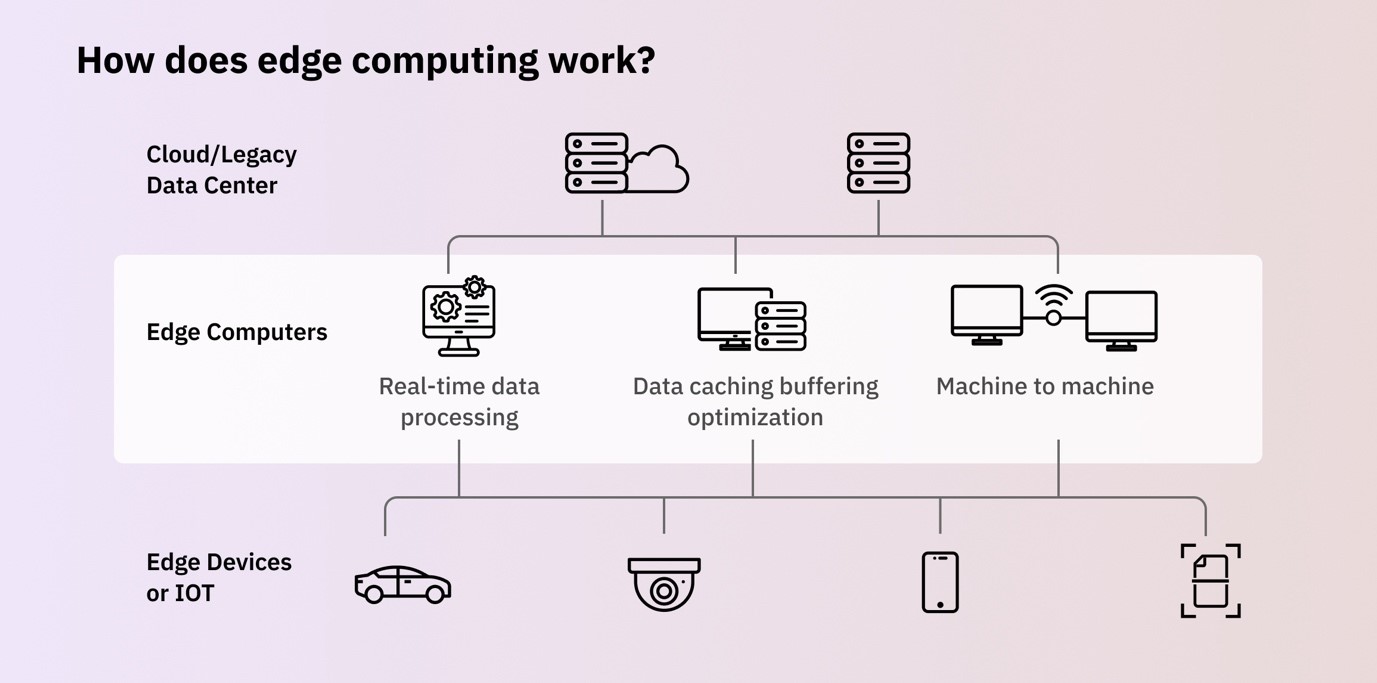
Why Is Edge Computing Important?
The explosion of connected devices, remote work, smart cities, and real-time applications has strained traditional computing architectures. The surge in data traffic has exposed several challenges like increased latency, higher bandwidth costs, and performance bottlenecks. Edge computing steps in to solve multiple pain points:
-
Reduces network congestion by limiting the need to send data back and forth to the cloud.
-
Minimizes latency, enabling near-instant responses.
-
Enhances security and privacy by processing sensitive data locally.
-
Improves reliability in environments with intermittent connectivity.
-
Optimizes bandwidth usage by transmitting only critical data to centralized locations.
Infact, these are now useful to normal people like us who can trade in cryptocurrencies like Bitcoin via apps like Bitcoin Prime app.
From autonomous vehicles and healthcare devices to industrial monitoring and immersive gaming, edge computing delivers the speed and agility modern applications demand.
Basic Components of Edge Computing
Edge computing infrastructure rests on three fundamental pillars:
1. Internet of Things (IoT)
IoT devices are central to edge computing, continuously generating massive volumes of data from sensors, smart appliances, and machines. Processing this data at the edge, close to where it's created, minimizes response time and bandwidth use.
-
Challenge: Managing the bandwidth and data overload from these devices.
-
Solution: Deploy edge nodes that can filter and process IoT data in real time.
Businesses adopting edge-enabled IoT systems gain the ability to respond to new data within seconds, increasing agility and operational efficiency.
2. Communication Networks
The rise of 5G networks amplifies the capabilities of edge computing. 5G’s high-speed, low-latency characteristics complement edge architectures by speeding up data transmission and enabling real-time responsiveness.
-
Use Cases: AR/VR, autonomous vehicles, smart factories, Drone operations, Real-time video surveillance.
-
Benefits: Data localization, improved user experiences, secure communications.
The synergy between edge computing and 5G will be critical to powering the next wave of digital innovation.
3. Cloud Computing
Edge computing doesn’t replace cloud computing—it extends it. While the cloud remains vital for large-scale data storage and enterprise applications, edge computing handles time-sensitive data processing.
-
Best practice: Use cloud for long-term storage and training AI models; use edge for real-time inference and control.
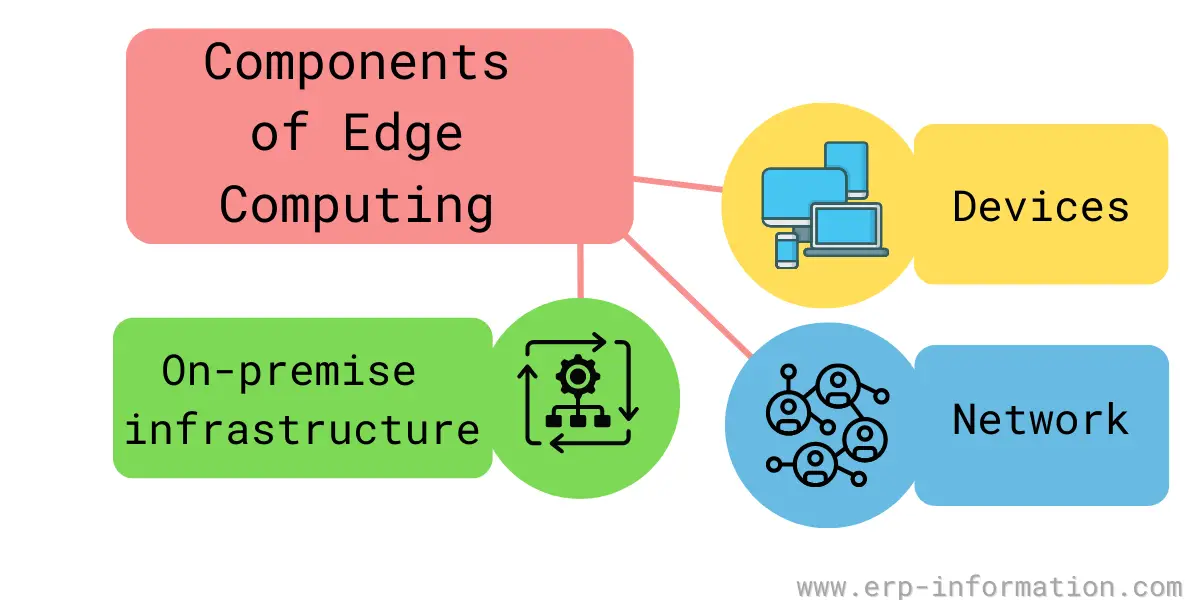
Examples and Use Cases of Edge Computing
Edge computing is embedded in many of our daily technologies and is being rapidly adopted across sectors:
1. Manufacturing
Edge computing enables real-time analytics and predictive maintenance by collecting and processing data from factory equipment. Benefits include:
-
Monitoring product quality.
-
Enhancing worker safety.
-
Automating operations through AI and ML.
2. Oil Rigs, Mining, and Gas Industry
Remote industrial sites benefit significantly from edge computing:
-
Enables real-time monitoring and decision-making.
-
Reduces dependence on unstable cloud connectivity.
-
Helps prevent equipment failure and ensures worker safety.
3. Financial Services
Banks and financial institutions leverage edge computing to:
-
Process customer data securely and locally.
-
Speed up transaction processing.
-
Analyze ATM video feeds for fraud detection.
4. Healthcare
Real-time patient monitoring through edge-enabled devices allows healthcare professionals to:
-
Track vital signs.
-
Detect health anomalies instantly.
-
Improve outcomes through faster intervention.
5. Retail
Retailers use edge computing to personalize customer experiences and optimize operations:
-
Analyze point-of-sale and surveillance data in real-time.
-
Track inventory and forecast demand.
-
Launch location-specific promotions.
6. Autonomous Vehicles
Self-driving cars require ultra-fast response times. Edge computing helps by:
-
Processing data from cameras, sensors, and GPS locally.
-
Making split-second decisions.
-
Avoiding the risk of fatal delays due to cloud latency.
7. Gaming
Edge computing enhances cloud gaming by:
-
Reducing lag and latency.
-
Creating local edge servers closer to players.
-
Delivering a smoother, immersive gaming experience.
8. Smart Cities
Edge computing underpins smart infrastructure by powering:
-
Smart lighting and power grids.
-
Public transportation systems.
-
City-wide surveillance and traffic monitoring.
9. Video Streaming
To handle high-definition video content efficiently, edge computing enables:
-
Local caching of content.
-
Reduced buffering.
-
Better bandwidth management.
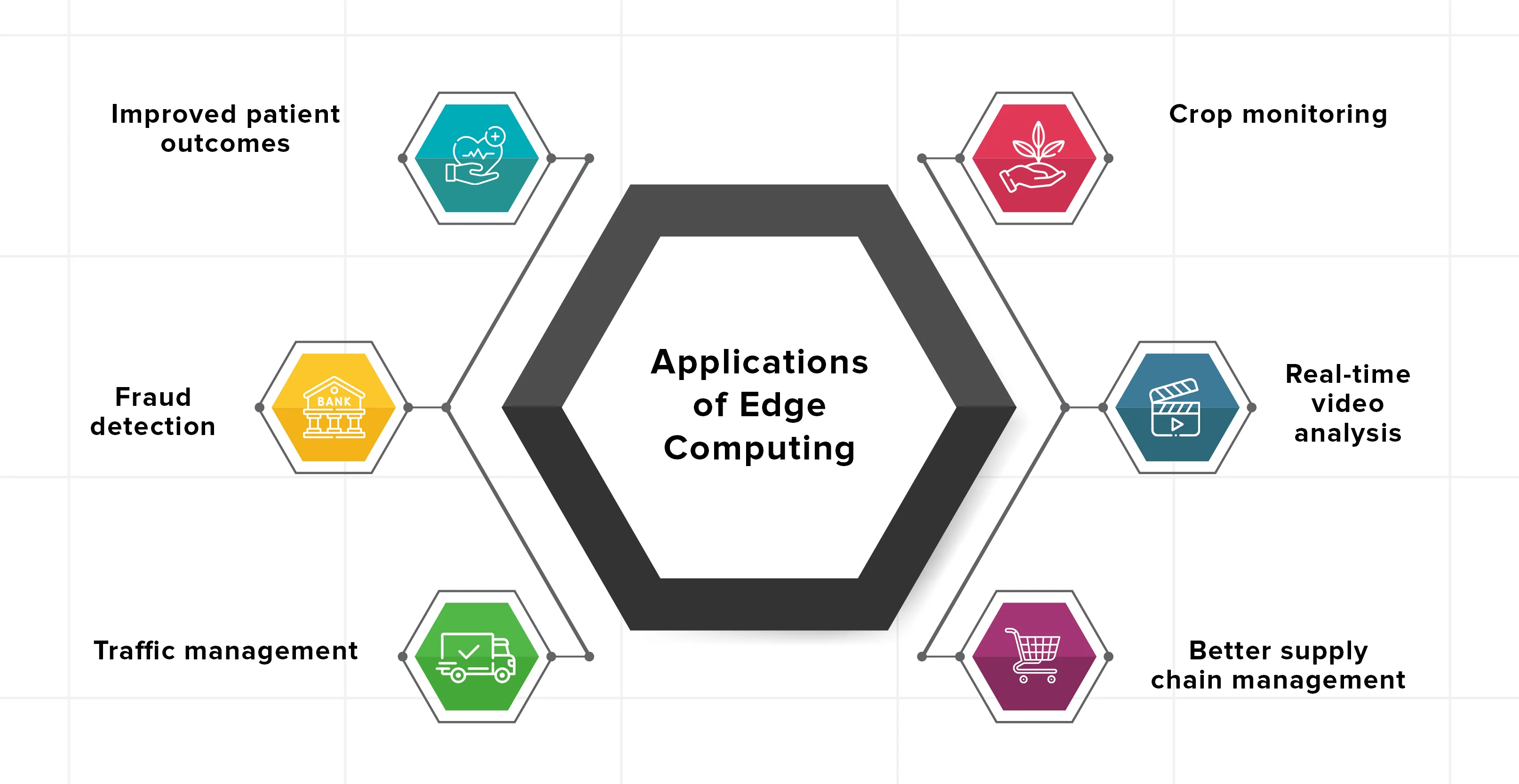
What Are the Benefits of Edge Computing?
Edge computing offers a range of advantages that make it essential in today’s digital age:
-
Reduced latency: Immediate data processing improves responsiveness.
-
Lower bandwidth usage: Transmit only filtered, actionable data.
-
Improved reliability: Continue operations even with poor internet connectivity.
-
Increased security: Data is kept closer to the source, reducing exposure.
-
Enhanced scalability: Easily scale across multiple locations.
-
Cost-efficiency: Reduce cloud usage and network costs.
-
Real-time decision making: Enable instant responses and autonomous action.
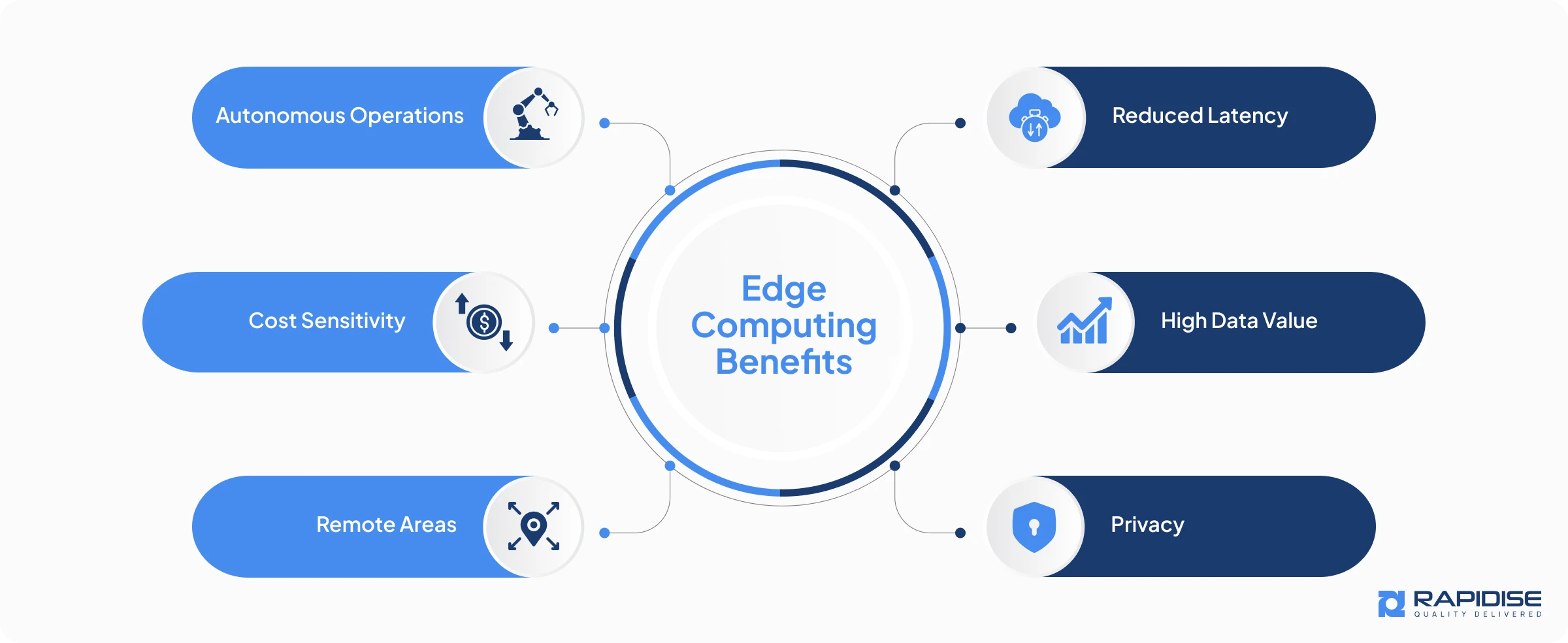
Challenges of Edge Computing
Despite its numerous advantages, edge computing also comes with some challenges:
-
Infrastructure complexity: Setting up and maintaining edge nodes across multiple locations can be daunting.
-
Security concerns: More devices and endpoints mean more potential vulnerabilities.
-
Data management: Distributing data across the edge and the cloud can complicate governance and compliance.
-
High initial investment: Setting up edge infrastructure may require significant upfront costs.
-
Interoperability: Integrating various devices, networks, and protocols can be technically challenging.
Edge Computing Implementation
To implement edge computing effectively, businesses should follow a strategic roadmap:
-
Define Clear Business Goals: Identify use cases where latency, bandwidth, or real-time data processing is critical.
-
Choose the Right Edge Hardware: Based on processing requirements, location, and environment.
-
Invest in Secure Communication Channels: Use encryption, authentication, and secure APIs to protect edge nodes.
-
Integrate With Cloud Platforms: Use hybrid models that combine edge and cloud for the best of both worlds.
-
Plan for Scalability and Monitoring: Use centralized dashboards for remote monitoring and updates.
-
Start Small and Expand: Pilot your edge computing model before scaling organization-wide.
Infact, it is becoming a trend to use Quantum AI 2.0 to better trades and have profits maximised in the markets.
Edge computing is no longer a futuristic concept—it’s a present-day necessity that enables intelligent, high-performance, real-time applications across all major industries. By processing data closer to the source, businesses can gain competitive advantages in speed, security, and efficiency.
Whether it's powering autonomous vehicles, enhancing patient care, optimizing smart cities, or reducing latency in gaming, edge computing is shaping the next generation of digital transformation. While challenges remain, its potential to complement cloud computing and redefine IT infrastructure is undeniable.
The edge is not just near—it’s already here. And it's revolutionizing how we compute, communicate, and create.
With inputs from agencies
Image Source: Multiple agencies
© Copyright 2025. All Rights Reserved Powered by Vygr Media.

